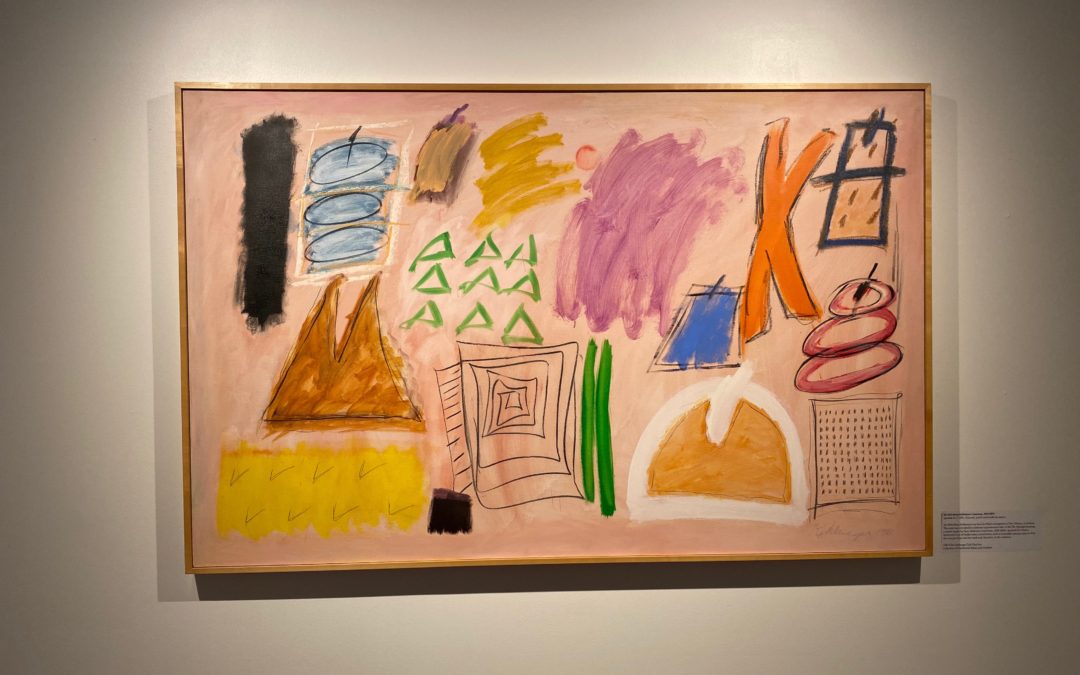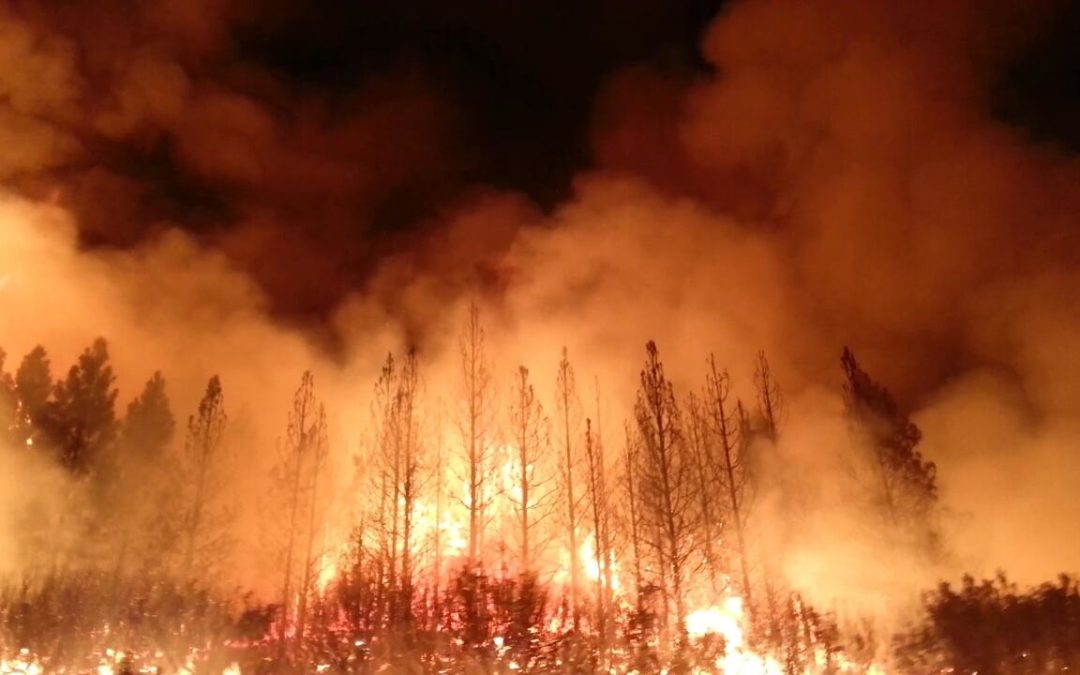
by Bailey Burnett | Apr 23, 2020 | COVID-19, News, News Slider
Lipscomb’s director of Health Services tells students “there is no reason to panic” about COVID-19, but there are steps to take to prevent the illness. “The group we need to be the most careful with are the elderly, over the age of 60 years, and those with chronic diseases especially those with compromised immune systems,” said Erin Keckley, the health director. “This virus is spread by respiratory droplets,” said Keckley, “So when you cough or sneeze, these droplets float in the air and then eventually land on a surface. Some common symptoms of this virus are fever, cough, and shortness of breath. Some less frequent symptoms are headache, sore throat, or diarrhea. And, of course, it has been proven to induce dangerous blood clots and has been deadly in thousands of cases. The incubation period is two to 14 days. Keckley provided these simple tips to cut down on chances of contracting the disease: Make sure you are washing your hands. This is the single most important thing you can do. It is also important to be washing for at least 20 seconds or more and using soap and water. Keckley said, ” Take a song, make sure it’s at least 20 seconds long, and sing along.” Try to leave hand sanitizer in different places like your car, backpack, or room. Don’t shake hands. Cover your mouth with a tissue when you cough or sneeze. Then, throw that tissue away. Clean and disinfect surfaces, like kitchen and bathroom counters. Try to avoid touching your face. Viruses are often transmitted through your mucus membrane through your hands, nose, and mouth....

by Bailey Burnett | Mar 10, 2020 | COVID-19, News Slider
Director of Health Services at Lipscomb, Erin Keckley’s first advice is, “There is no reason to panic”. In December of 2019, the coronavirus, which is a group of viruses, was discovered when it was transmitted going from animal to animal and then human to human. This is a new virus, having no one previously been exposed to it, nobody is immune to COVID-19 This virus can cause illness ranging from the common cold to more severe diseases. “The group we need to be the most careful with are the elderly, over the age of 60 years, and those with chronic diseases especially those with compromised immune systems,” said Keckley. “This virus is spread by respiratory droplets,” said Keckley, “So when you cough or sneeze, these droplets float in the air and then eventually land on a surface. Keckley explains important information about when you can get tested for this virus. “It is important to know that there is no vaccine, no specific medication, or point of care testing. For you to be tested for the coronavirus, you have to meet certain criteria. Fever, cough, shortness of breath, cold symptoms, and you have to have been either in contact with someone who has had a laboratory-confirmed case or you have traveled in the past 14 days to one of the areas with a contagious level of two or three,” said Keckley. So far there are only five countries labeled either a level two or three. China, Italy, Iran and South Korea are labeled level three and Japan is the only at level two right now. Keckley wants everyone to be...

by Bailey Burnett | Mar 4, 2020 | News Slider, Student Spotlight
Lipscomb students come together with other volunteers Thursday evenings to participate in Feeding the Hungry at St. John’s United Methodist Church. This weekly event provides a hot meal as well as clothing and other necessities to anyone in the community in need. “We do the food pantry and the clothes closet,” said Sandra Griggs, St. John’s United Methodist Church pastor and wife of Alan Griggs, associate professor of communication and journalism. Students portion salads, wash dishes, serve the food, clean the tables and do anything they can to help the other service members, according to the pastor. St. John’s is open from 3 to 5:30 p.m. every Thursday, and anyone is welcome to come to the clothes closet and get a free meal. Around 7 p.m. the volunteers begin cleaning up. Both the food pantry and clothes closet are supplied by a variety of donors. “Deodorant, soap, clothes or leftover food. This stuff is all donated,” said Sandra Griggs. St. John’s Methodist Church has been feeding the community every week for close to 20 years and has plans to continue. “We have all sorts of people come to serve. We have newcomers, church members, and people from all different churches,” she said. “We would love any help we can get for these events. We have high school students that need to do community service, college students, and people from the community. Teenagers can come as long as they have a parent with them.” As a part of Lipscomb’s emphasis on service-learning, students from the university have become regular helpers at St. John’s. “We have Lipscomb students come at least...

by Bailey Burnett | Feb 5, 2020 | Arts and Entertainment, News Slider
“Her Voice: Selections from the Cheekwood Collections” is honoring the 100th anniversary of women’s suffrage in the United States and the 60th anniversary of Cheekwood as a public institution. The exhibit is on display through March 30 in the John C. Hutcheson Gallery in the Beaman Library. These pieces, on loan for the Lipscomb display at Hutcheson Gallery, were donated to Cheekwood over the course of its history. Cheekwood, 1200 Forrest Park Drive in Nashville’s exclusive Belle Meade enclave, is a 55-acre botanical garden and art museum on the historic Cheek estate. “Originally built as the home of Leslie and Mabel Cheek in 1929, Cheekwood is one of the finest examples of an American Country Place Era estate,” according to its web page. “Since being converted into a museum of art and botanical garden in 1960, Cheekwood has presented world-class art exhibitions, spectacular gardens and an historic estate unlike anything else.” This exhibition at Lipscomb highlights Cheekwood’s long-standing legacy of collecting works by female artists. It displays the voices, creative innovations, and the voices of remarkable women. The gallery includes work by Ida Rittenberg Kohlmeyer, Georgia O’Keeffe, Jane Peterson, Liliane Lijn, Grace Hill Turnbull, Helen Frankenthaler, Dorothy O’Connor, Marilyn Murphy, Betty Woodman, Perle Fine, Louise Dahl-Wolfe and more. Only four of these artists — Lijn, Murphy, O’Connor and Marylyn Ditenfass — are living, according to Mia Jaye Thomas, the gallery assistant for the John C. Hutcheson gallery and the administrative assistant for the School of Art and Design. The exhibit was curated by Campbell Mobley, Cheekwood’s curator of exhibitions. It is being staged in conjunction with the 100th anniversary...

by Bailey Burnett | Jan 27, 2020 | BREAKING NEWS, News Slider
A Lipscomb student from Australia said he feels helpless as wildfires that began in July continue to ravage his homeland. “The fires affected me emotionally more than physically, obviously due to being halfway around the world,” said Scott McKenzie, from Melbourne, Victoria, Australia. The corporate management major with a marketing concentration said he wishes he was home, where he could perhaps do something about the catastrophe. “I felt helpless being in the US and did not know what to do besides try to raise awareness as much as possible. If I were home, I would have been out there doing everything I can to help those risking their lives for the beautiful country of Australia.” CNN News has reported at least 28 people have died nationwide, and in the state of New South Wales alone, more than 3,000 homes have been destroyed or damaged. State and federal authorities are struggling to contain the massive flames, even with firefighting assistance from other countries, including the United States. A Lipscomb environmental sustainability student said there is a need to focus on the human impact on the environment. “People choose to look anywhere but our own impact on the environment,” said Cecelie Eiler, from Freeport, Illinois. “This wildfire is the biggest thing we can hold on to and show people that this is a problem,” said Eiler, who is vice president of Share Our Supper. “We can splash data and numbers in people’s faces all day long but unless you’re a data-driven person you’re not going to connect with that. To make a change people need to visualize the impacts they are...






